Birds of the Indonesian ArchipelagoGreater Sundas and Wallacea
Rango de precios: desde 34.90€ hasta 38.90€
“Si sólo vas a visitar Borneo, puedes elegir entre Aves del Archipiélago Indonesio u otras dos guías de campo dedicadas específicamente a esta meca de la ornitología asiática. Pero para el resto de la región del Archipiélago indonesio, ésta no sólo es una excelente guía de aves, sino también la única guía de campo del siglo XXI que existe.”
Dragan Simic, www.10000birds.com, 22 de abril de 2021
Peso
1.2 kg
Dimensiones
16 × 23 cm
Formato
Flexi-cover, Tapa dura
Páginas
536
Fecha de publicación
February 2021
Publicado por
Lynx Edicions
Descripción
La primera guía de campo ornitológica que cubre la vasta cadena del archipiélago indonesio ha sido completamente revisada tras años de meticulosa investigación. Esta segunda edición abarca ahora más de 2.800 ilustraciones, incluidas 325 figuras totalmente nuevas y casi 500 modificaciones del material gráfico original, complementadas con 1.350 mapas de todas las especies que aparecen regularmente.
La guía cubre íntegramente las regiones biogeográficas de las Grandes Sundas (Sumatra, Borneo, Java y Bali) y Wallacea (Sulawesi, las Molucas y las Sundas Menores), además de todas las islas satélite. Esta región abarca un arco de más de 4.000 km a lo largo del Ecuador, e incluye Timor Oriental, Brunéi Darussalam, los estados de Sabah y Sarawak, en Malasia Oriental, y la mayor parte del territorio de la República de Indonesia.
Las especies se cartografían con mayor precisión mediante la inclusión de tres regiones geográficas ampliadas, o mediante un marco cartográfico mayor que abarque todo el archipiélago. El libro describe las 1.456 especies de aves que se sabe que viven en la región, incluidas 628 endémicas, 106 errantes, 4 introducidas y 10 que aún no se han descrito formalmente. En conjunto, representan más del 13% de la diversidad mundial de aves. Es importante destacar que se describen detalladamente todas las subespecies.
La vasta e incomparable experiencia combinada de los autores y su conocimiento de las aves de la región reúnen las últimas ideas taxonómicas, conocimientos sobre distribución, características de identificación sobre el terreno, vocalizaciones y mucho más para crear una referencia indispensable para cualquiera que se interese por la avifauna de esta región fabulosamente diversa. La atención adicional a los detalles permite utilizar la guía en otros lugares de Asia, ya que se presta especial atención a ayudar al lector a identificar incluso las especies más difíciles.
- La taxonomía sigue un enfoque integrador basado en la bioacústica, la genómica y la morfología, a menudo a partir del propio trabajo sistemático revisado por los autores en la región.
- Textos detallados sobre la situación, la taxonomía, el hábitat y el comportamiento, todas las variaciones del plumaje, las vocalizaciones y las especies similares.
- 1.456 especies, 628 endémicas, 106 errantes, 4 introducidas y 10 no descritas.
- Más de 2.800 ilustraciones que abarcan todas las especies y subespecies distintivas, aves en vuelo, machos y hembras, inmaduros y plumajes no reproductores, en su caso.
- 1.350 mapas a todo color del área de distribución de todas las especies que aparecen regularmente, repartidos en cuatro marcos cartográficos regionales.
- Lista de todos los nombres de aves en bahasa indonesio, útil para observadores de aves viajeros, investigadores y para facilitar la interacción con hablantes de bahasa indonesio.
- Un índice revisado, más tradicional y familiar.
- Respetando las limitaciones taxonómicas, las descripciones de las especies se han desplazado para que las especies similares y/o regionales estén en la misma página, lo que facilita las comparaciones y reduce el tiempo dedicado a pasar de una página a otra.
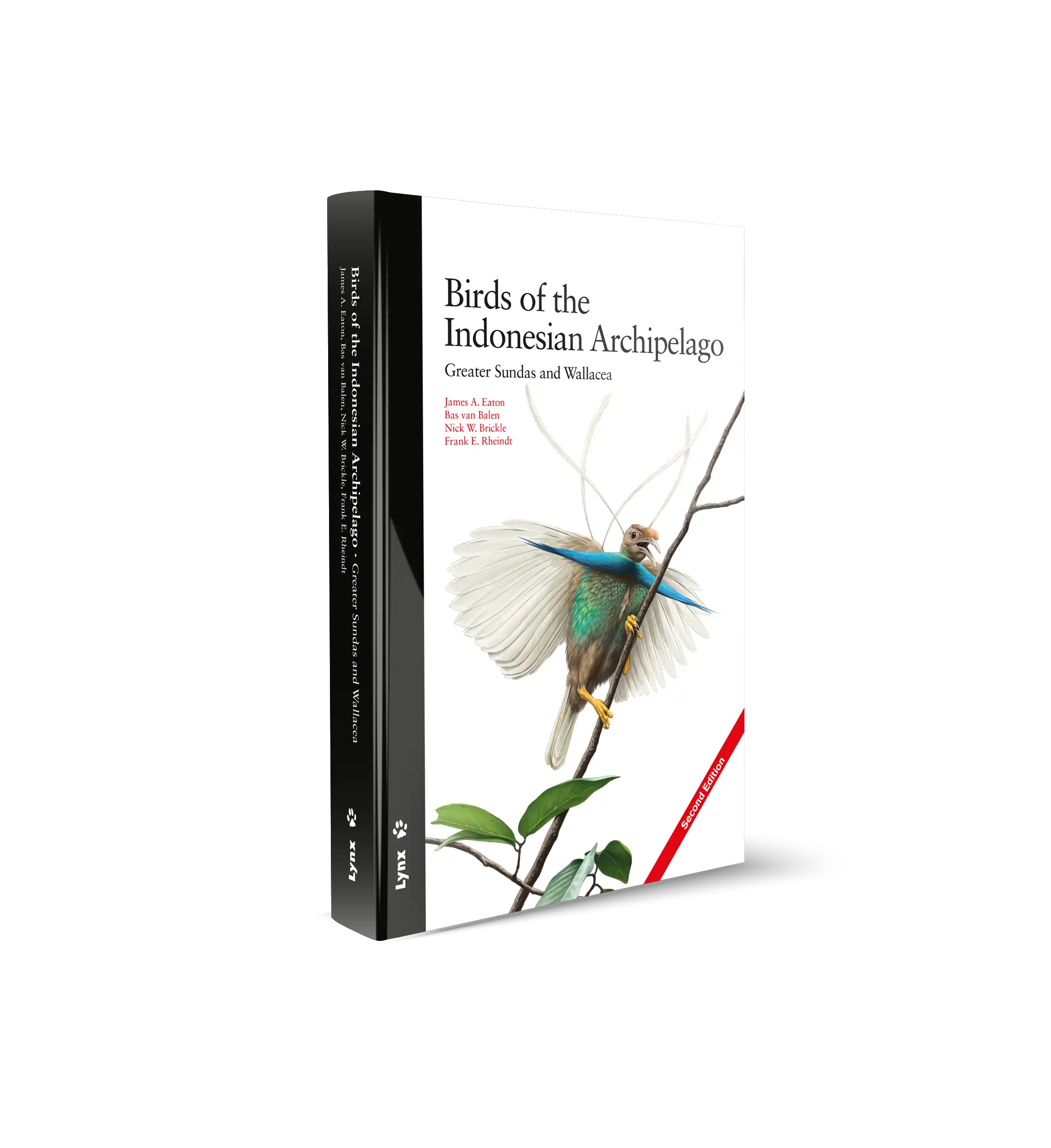
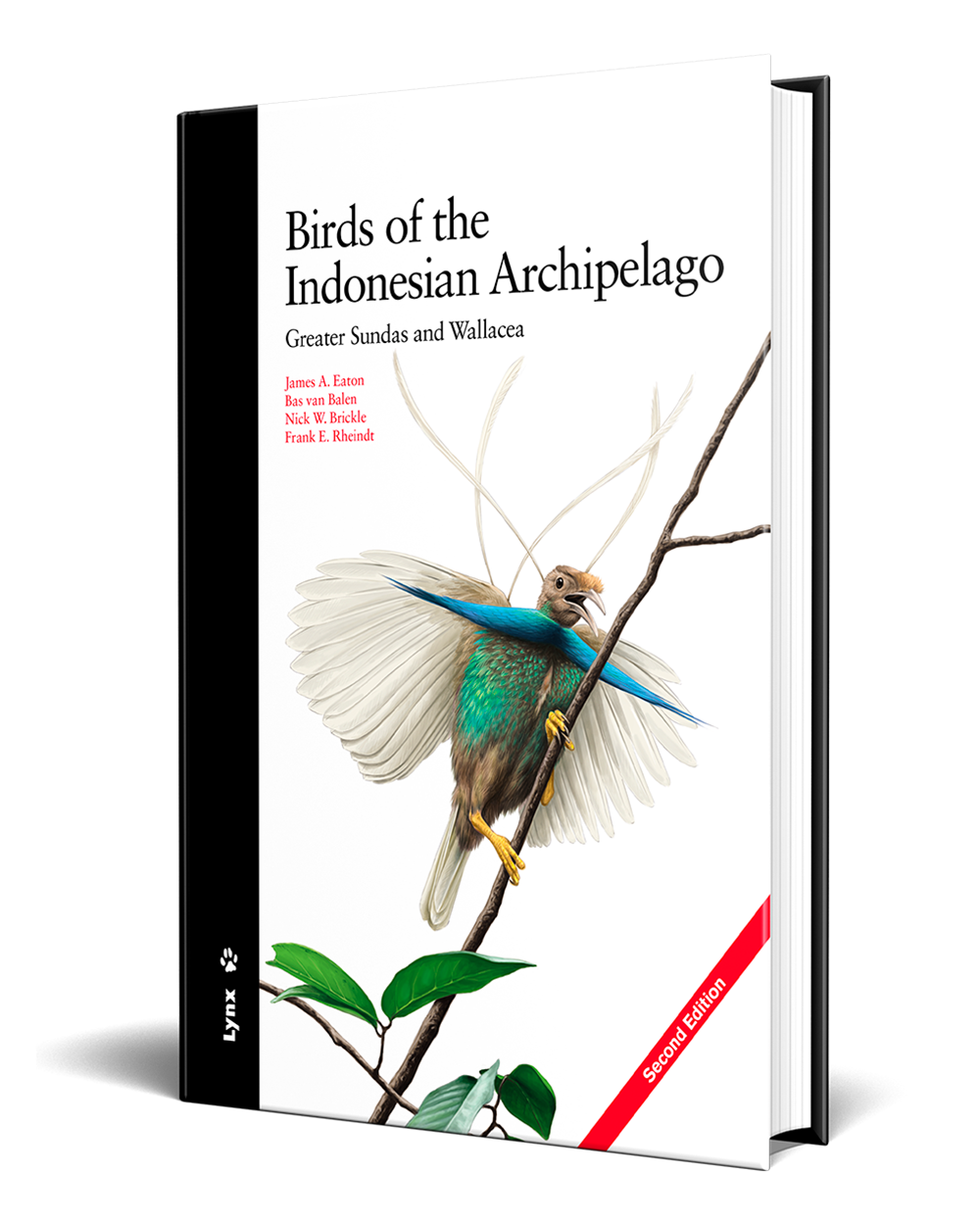
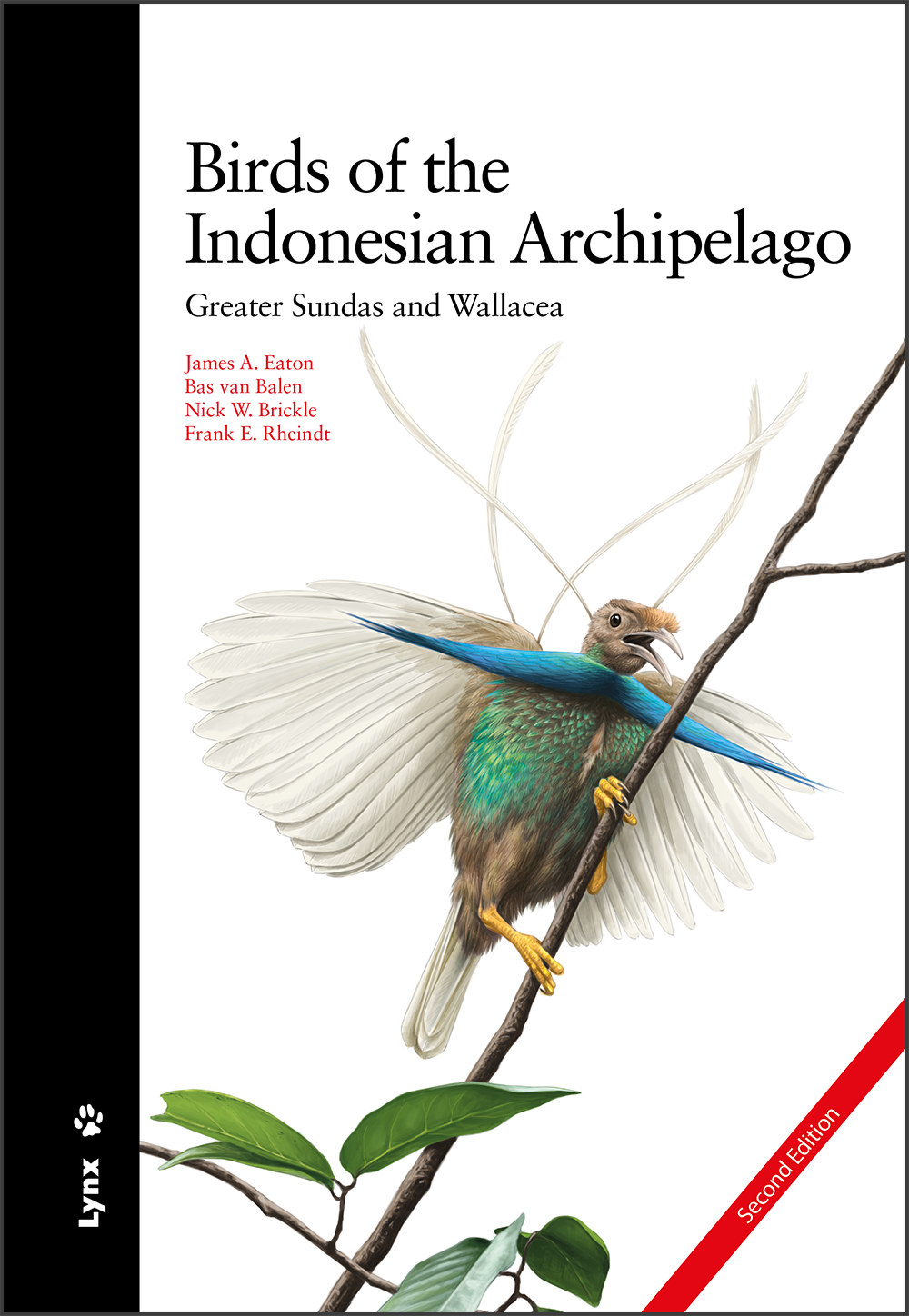
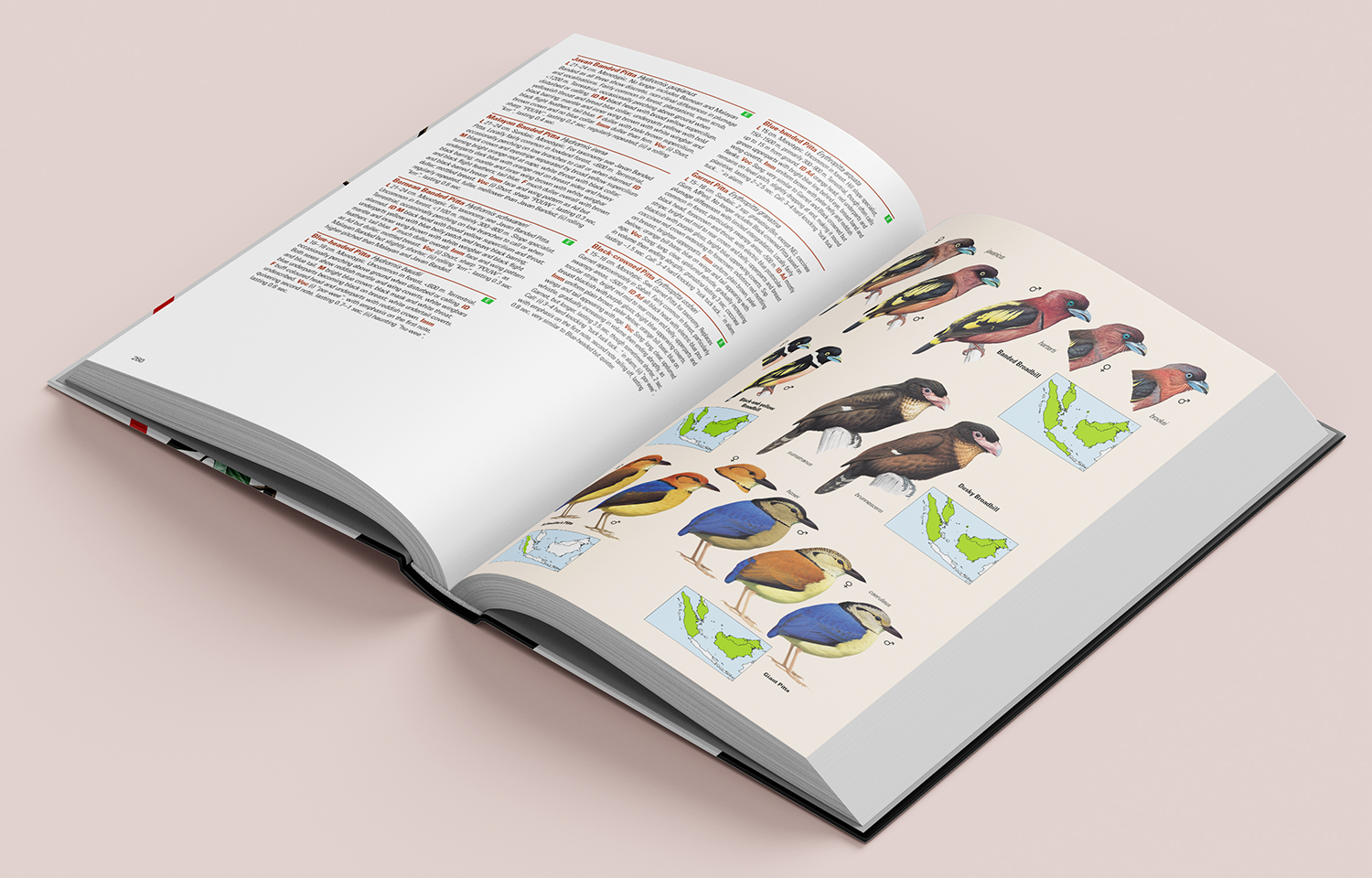
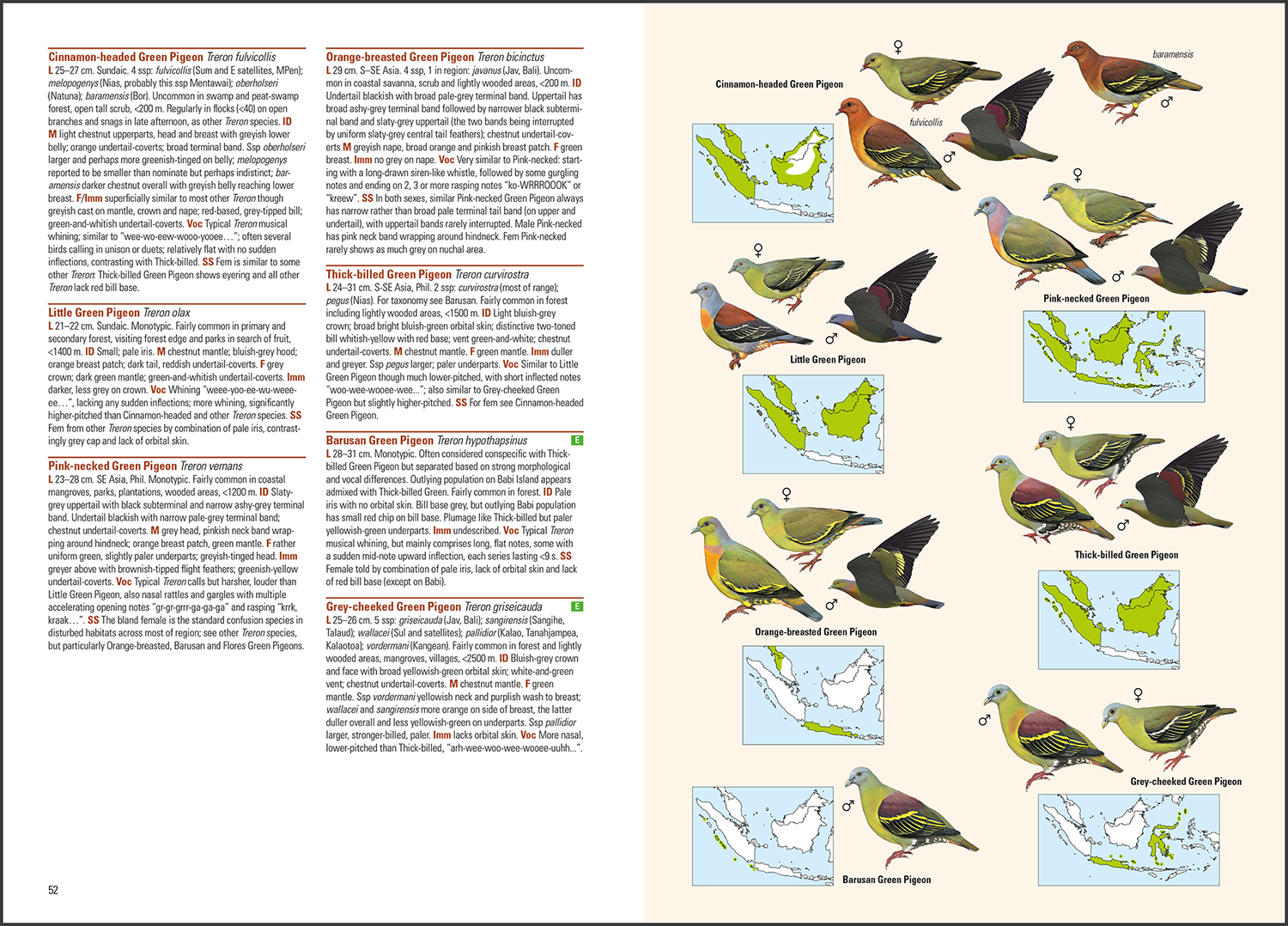
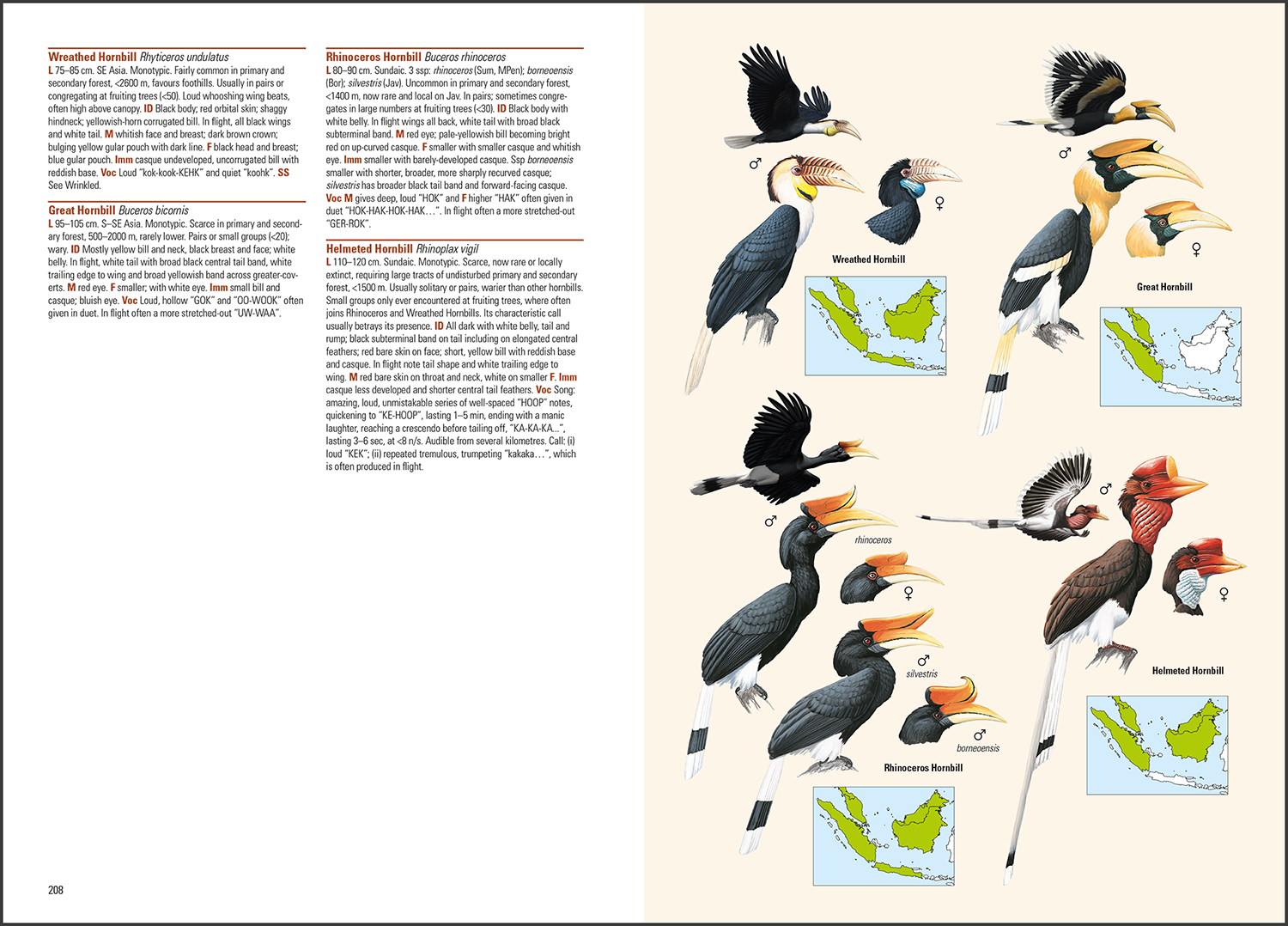
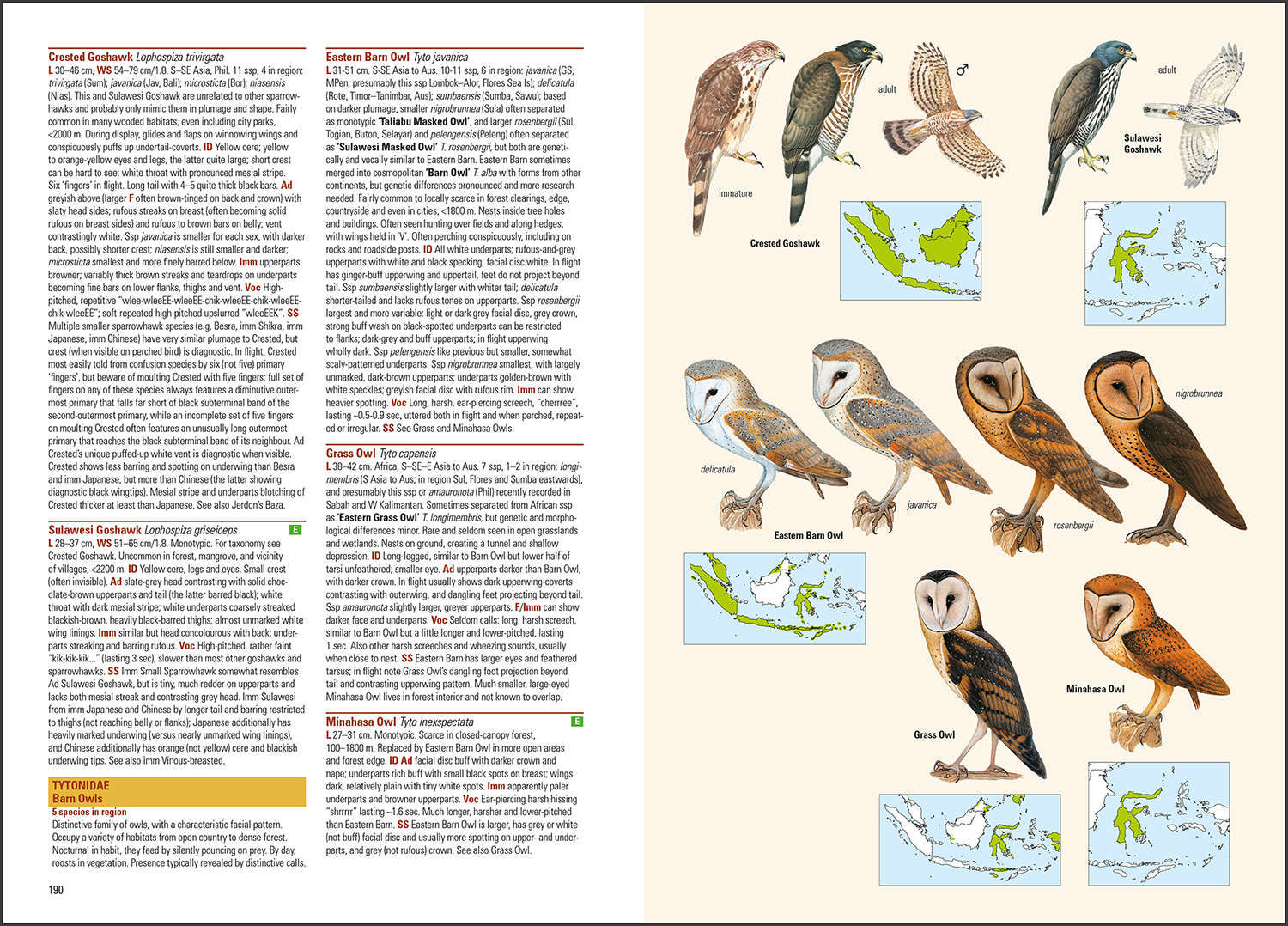
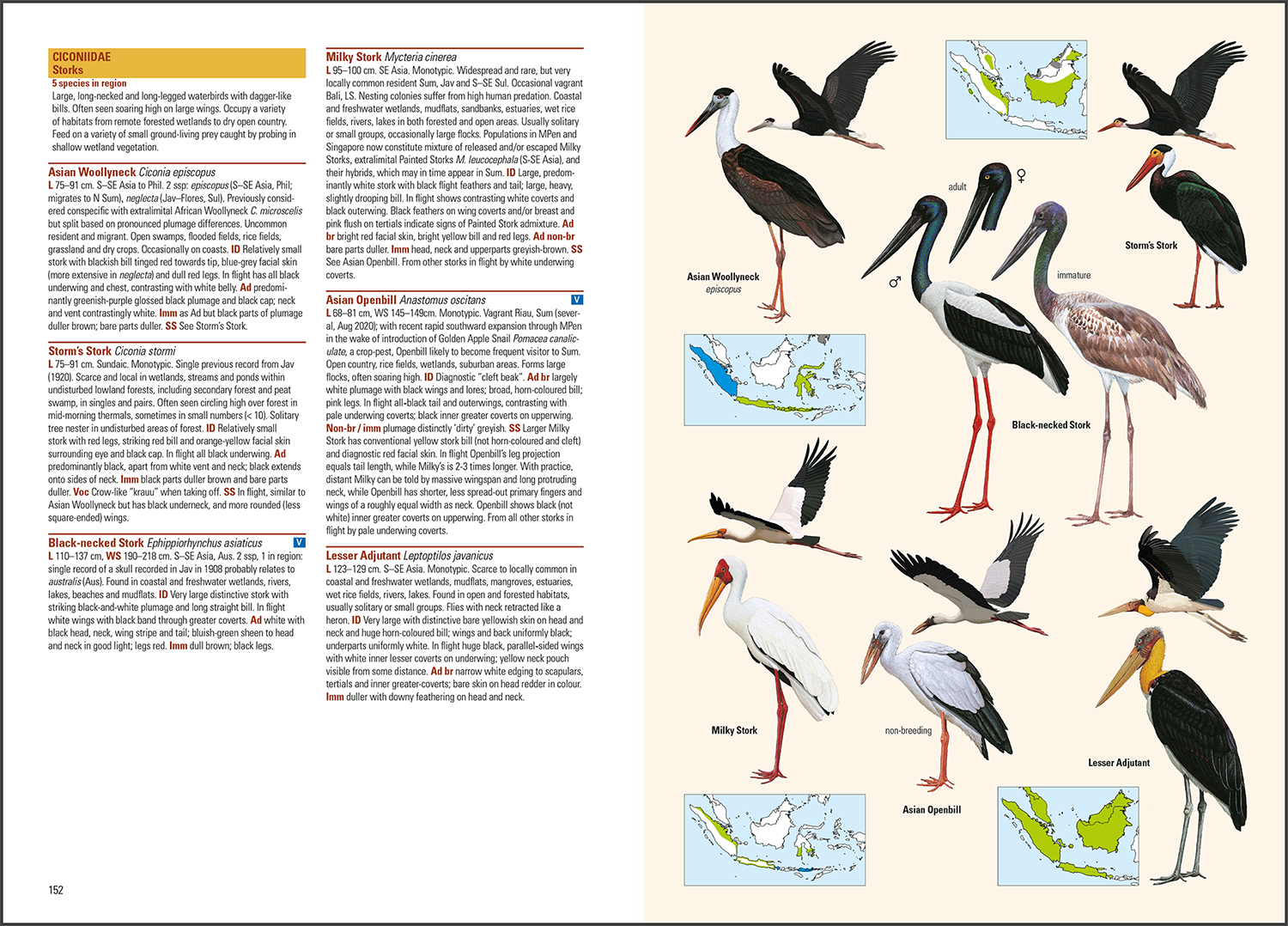
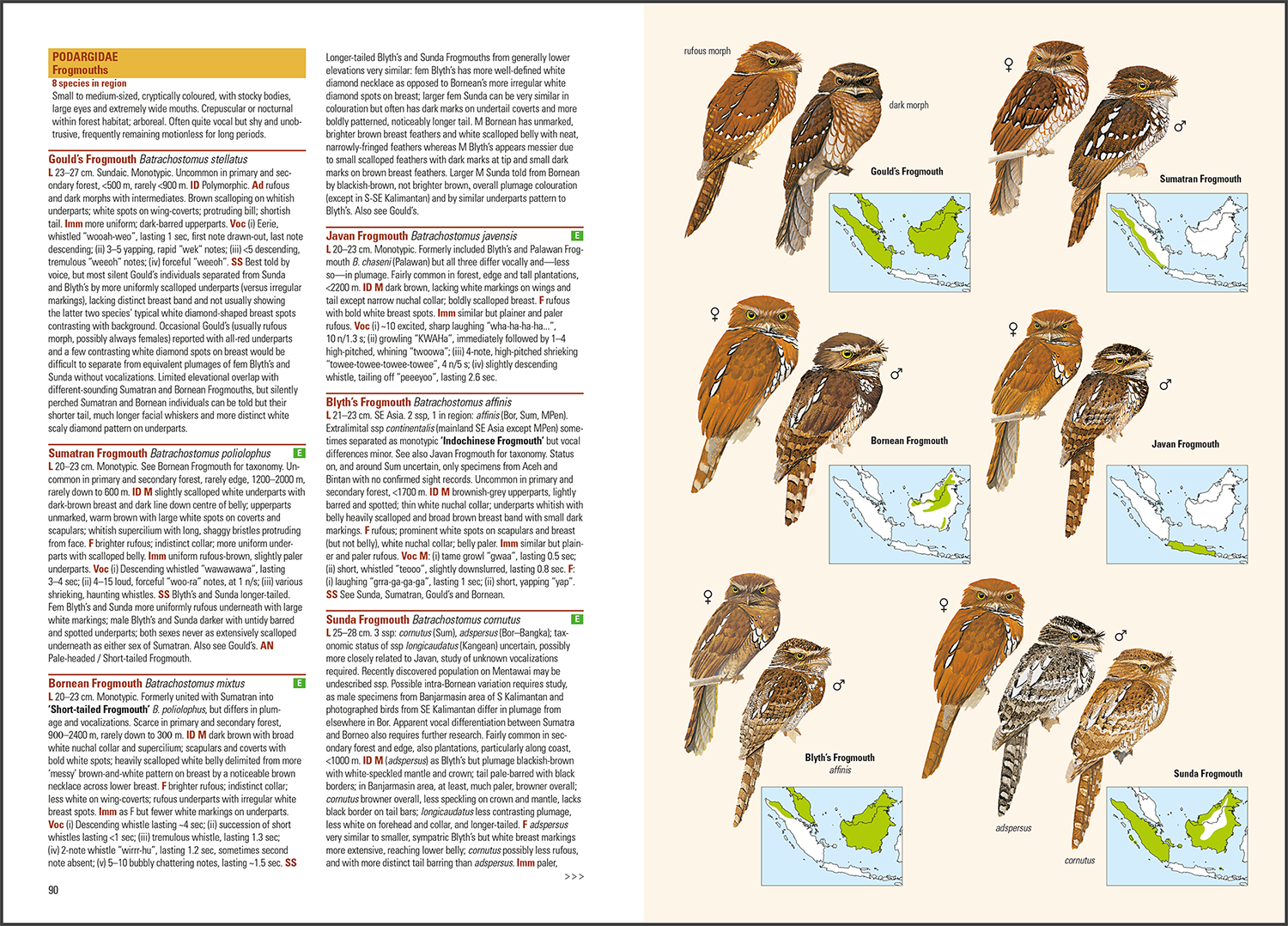
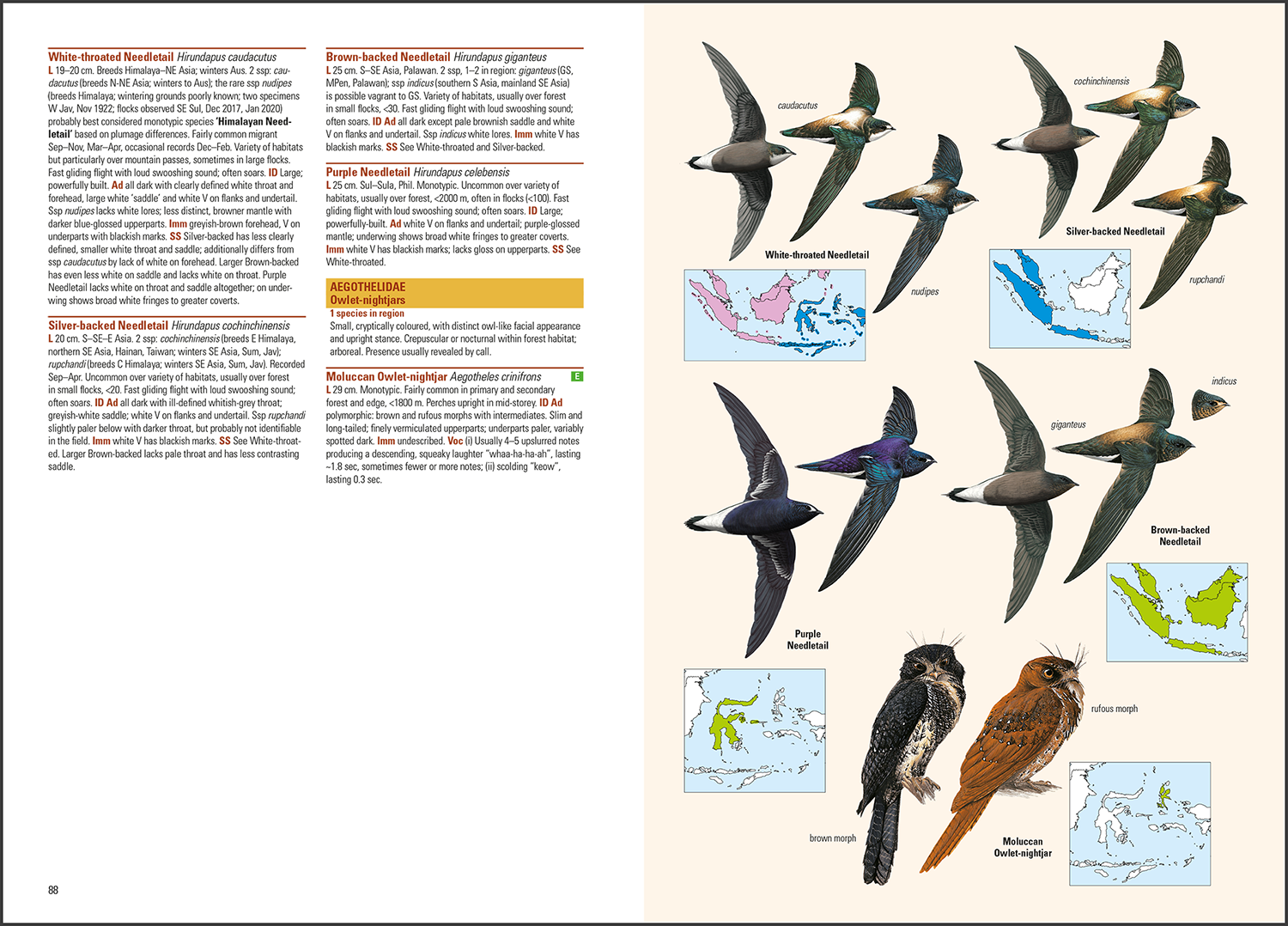
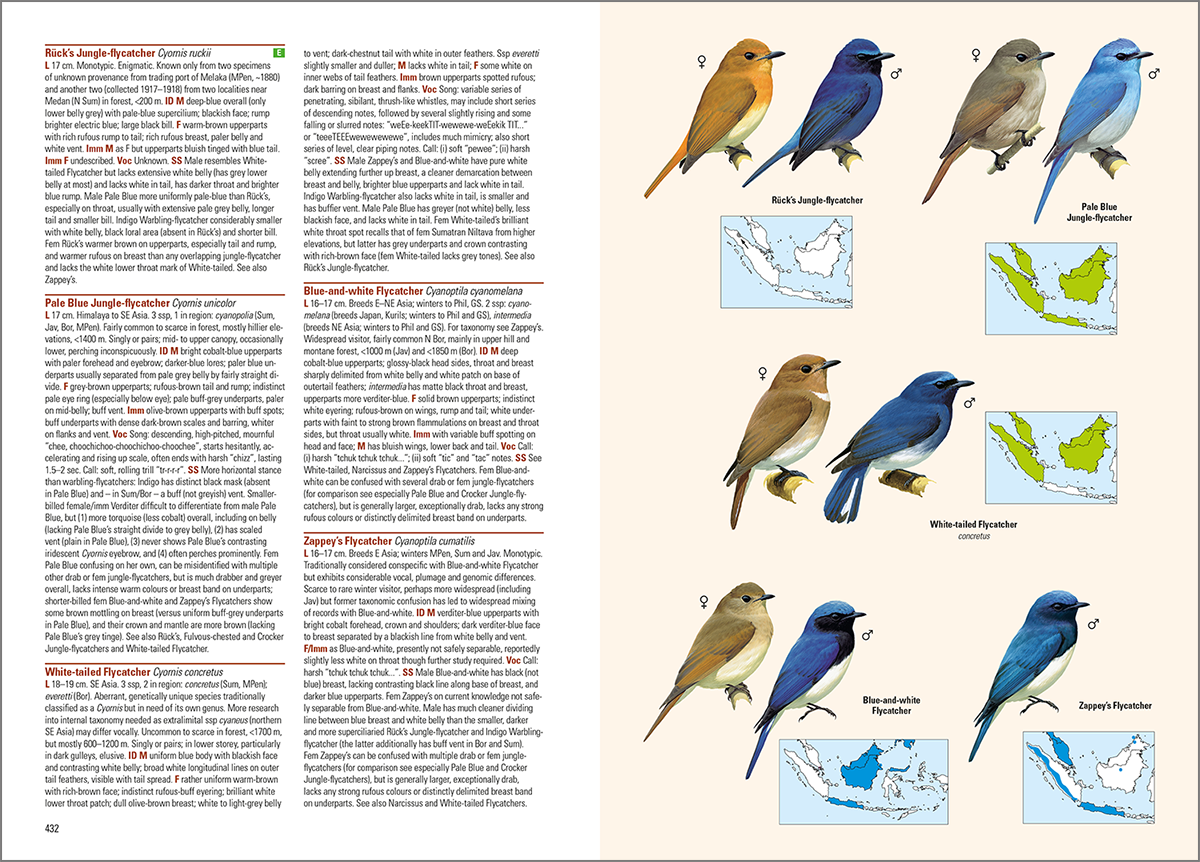
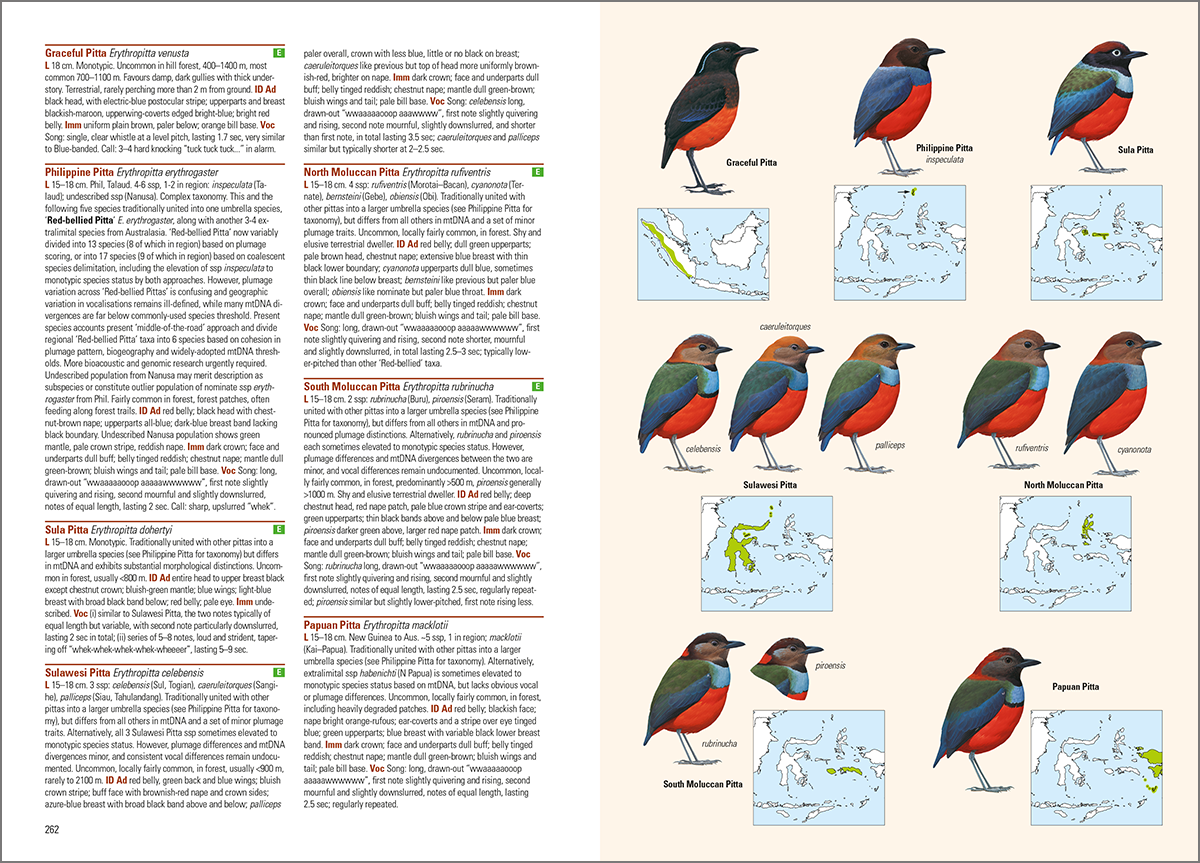
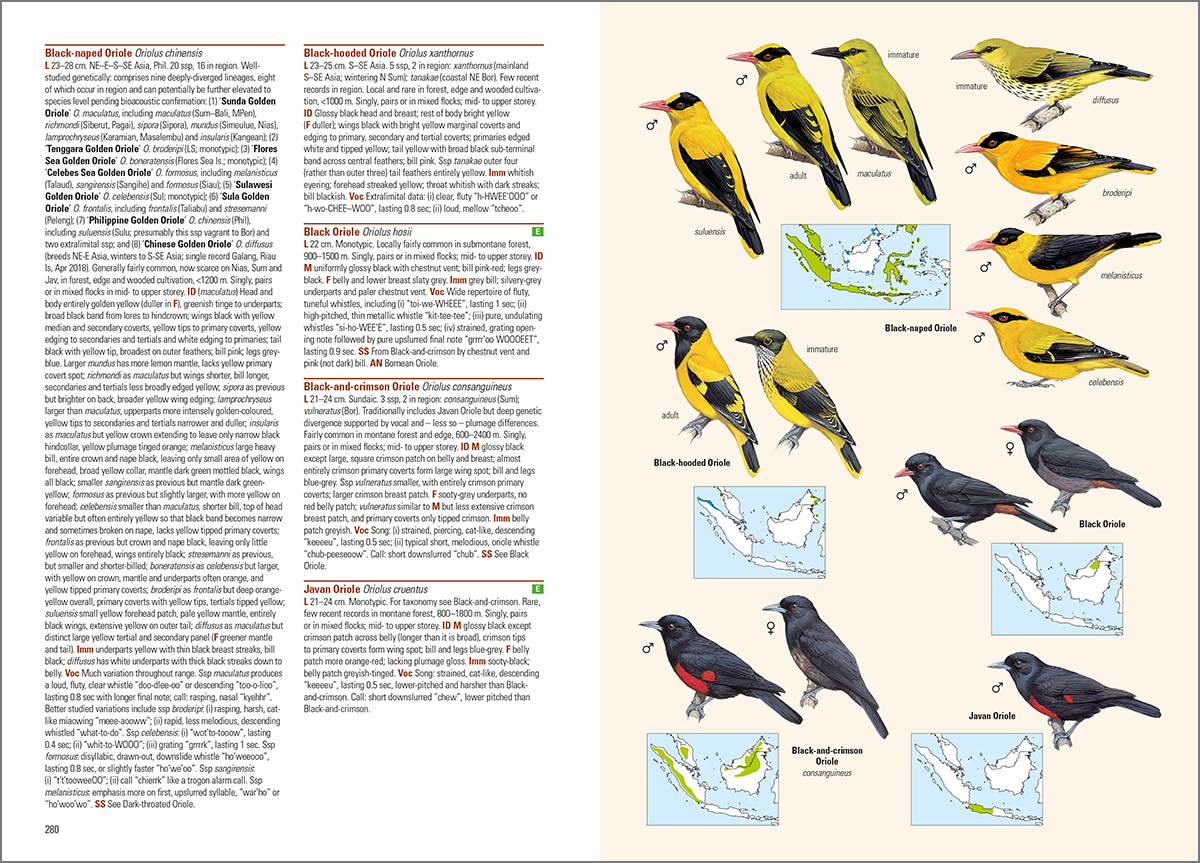
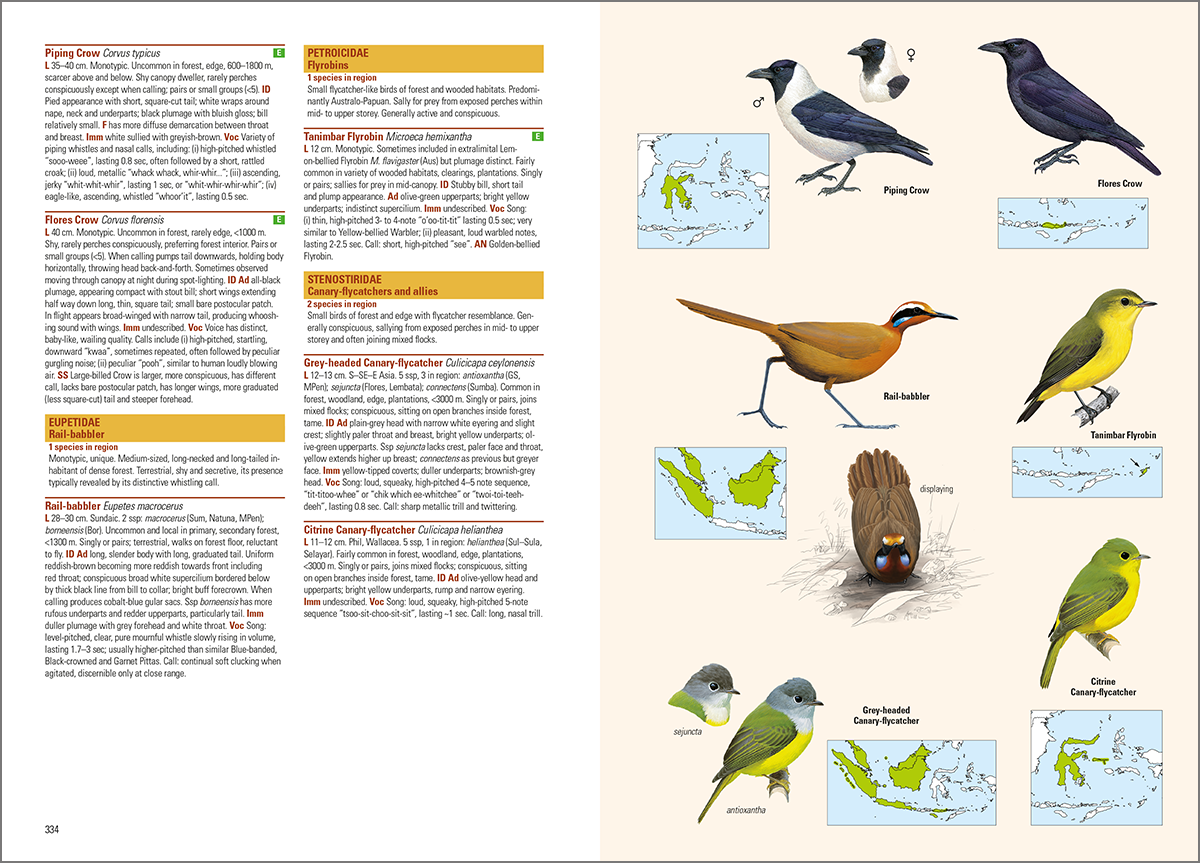
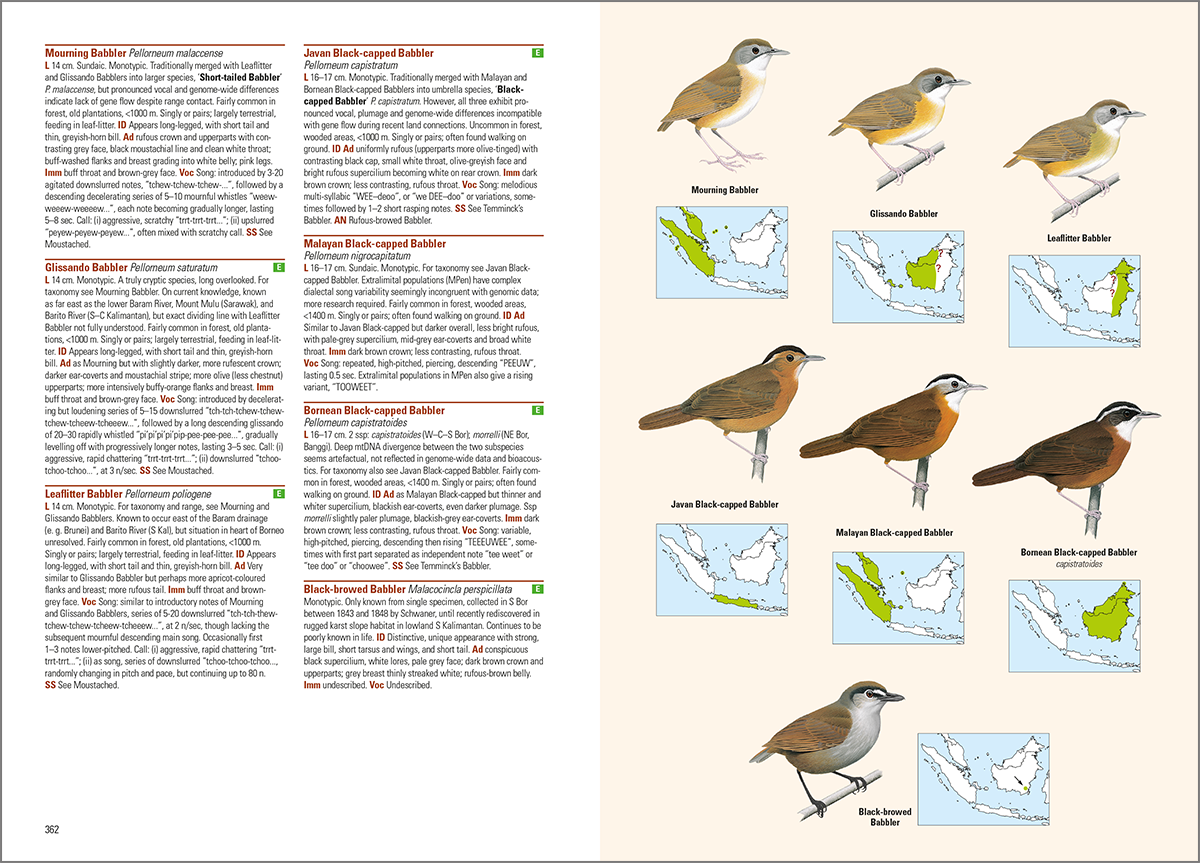
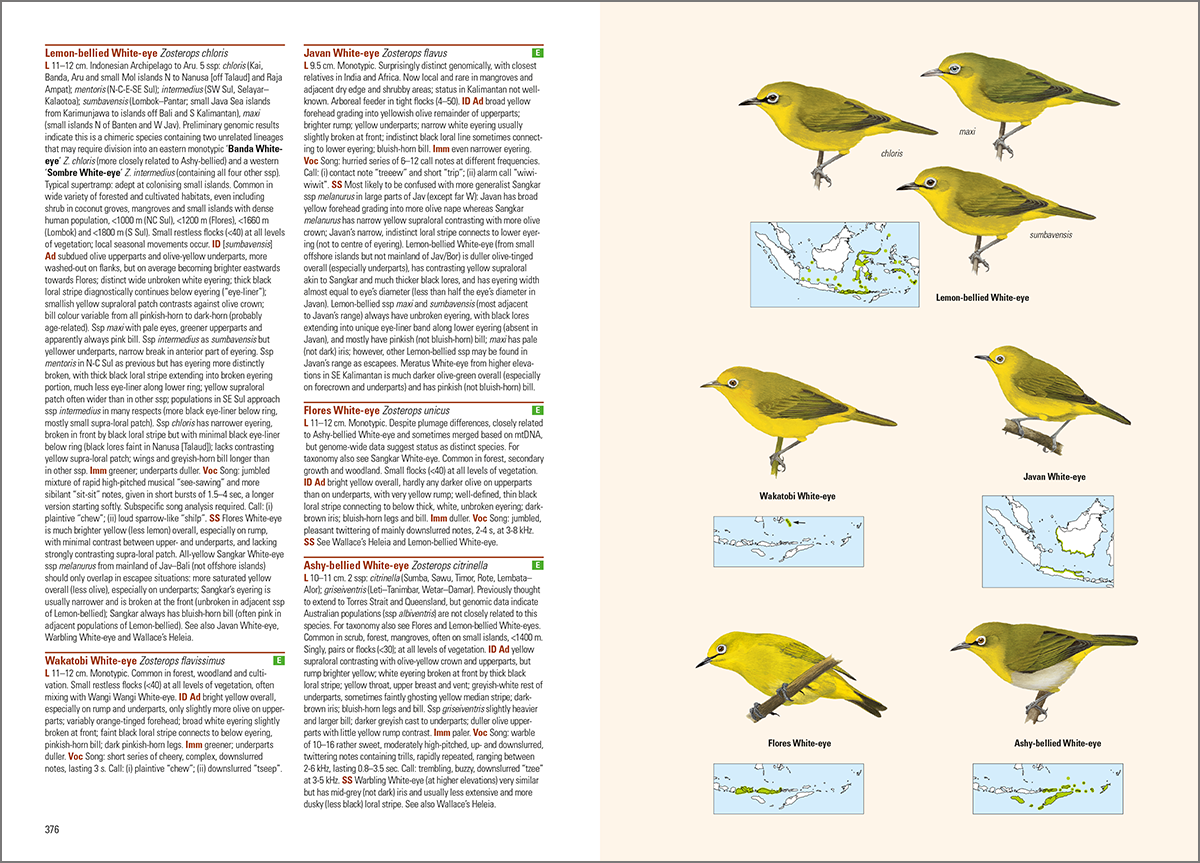
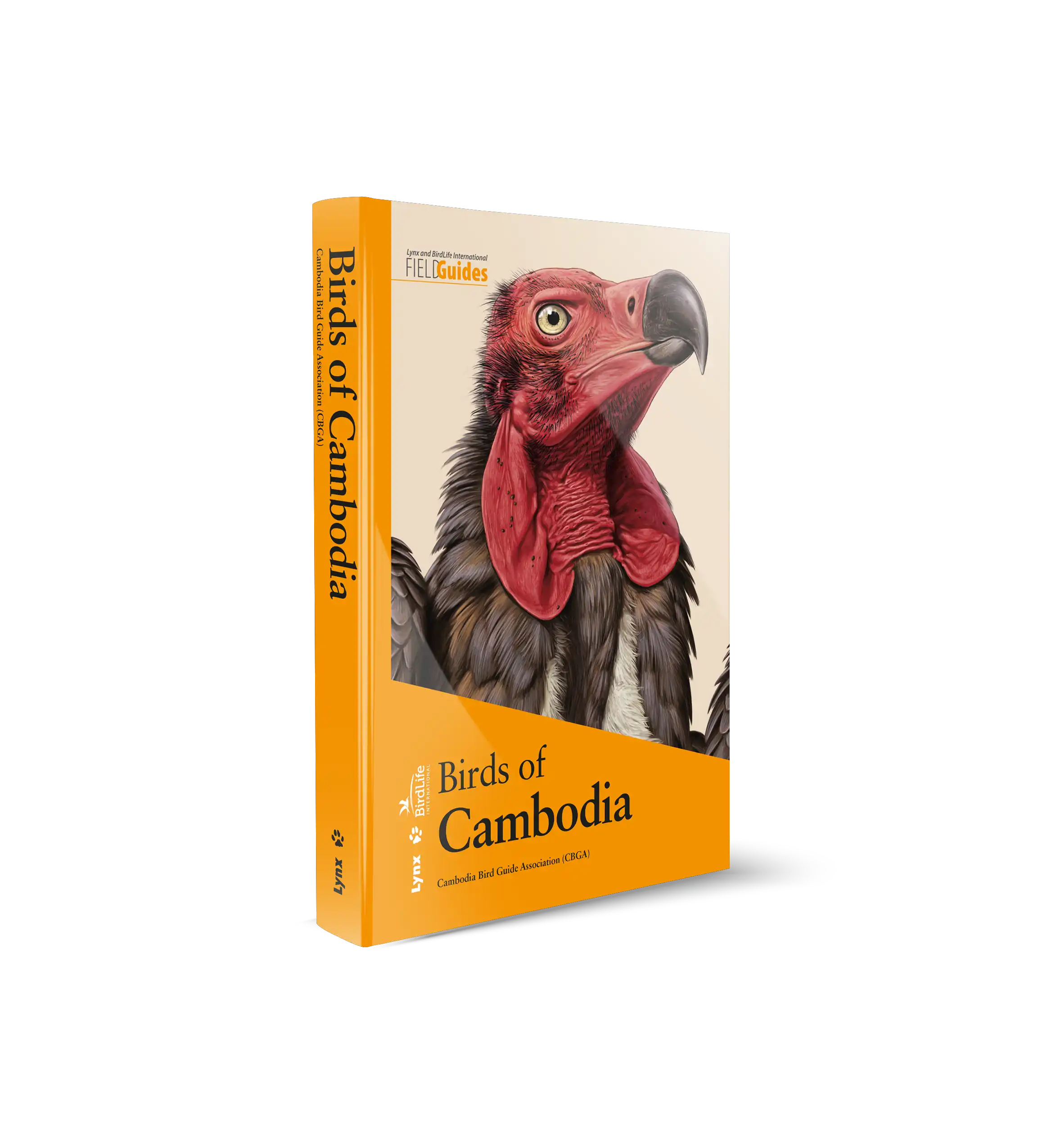
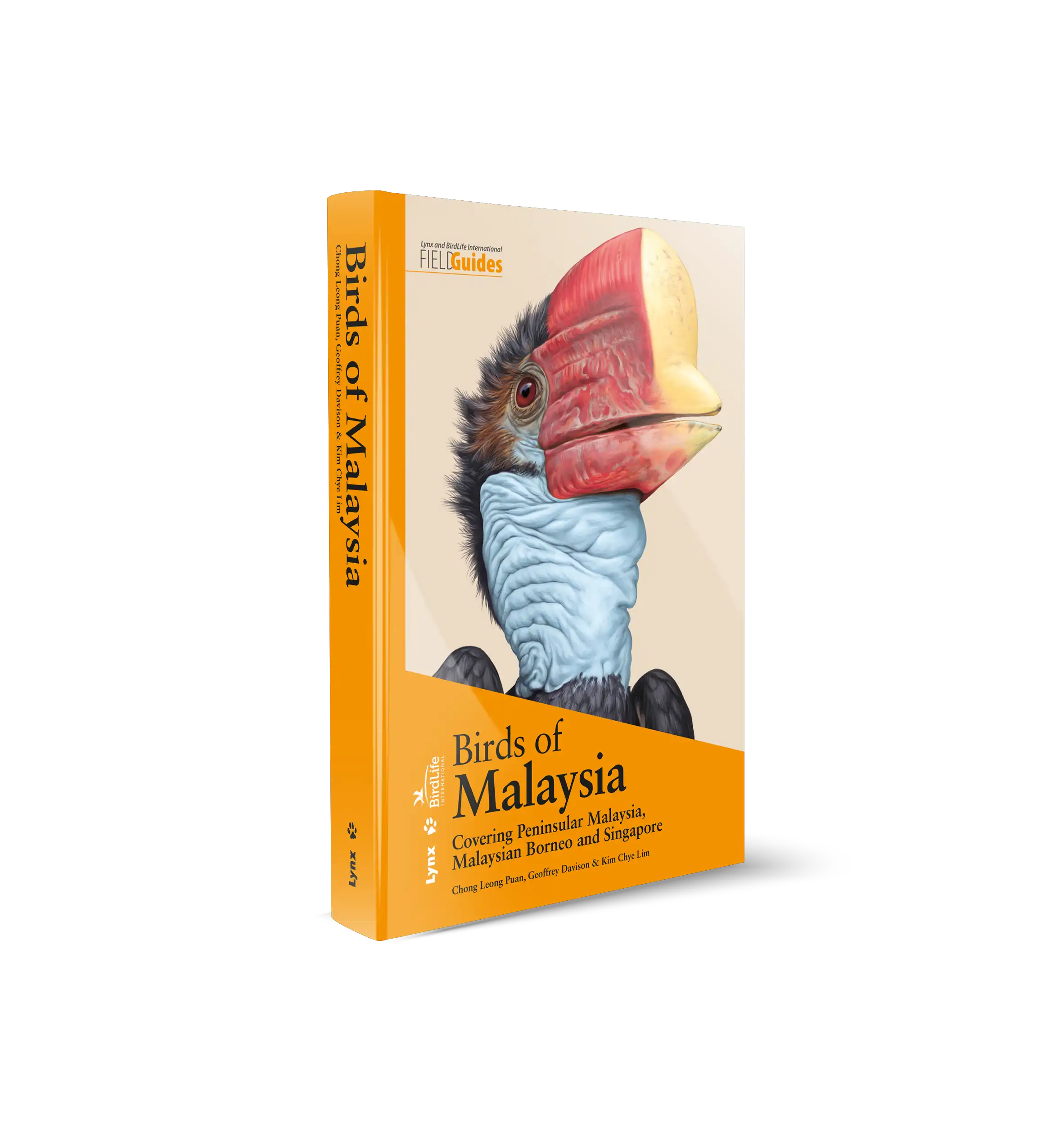
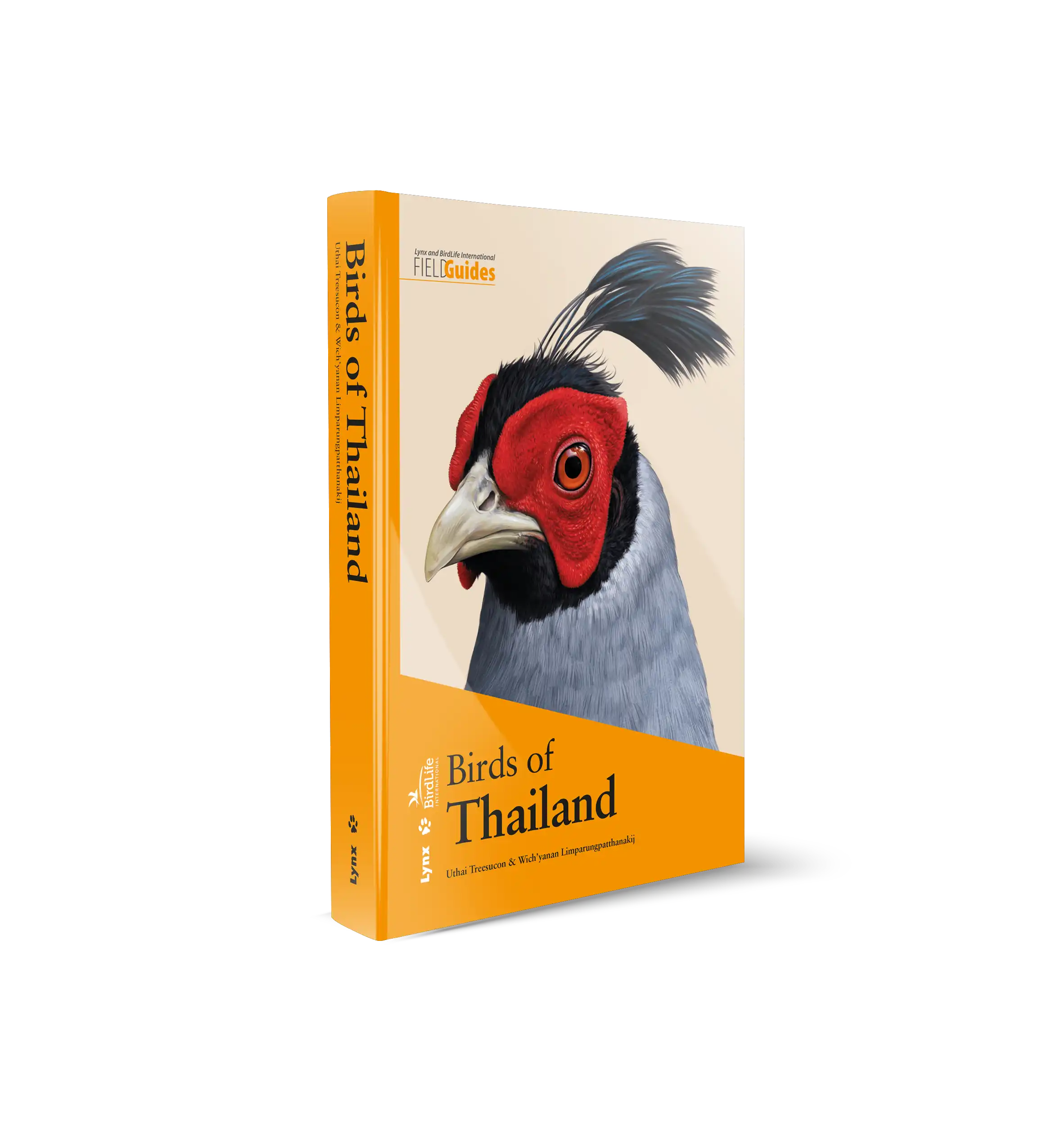
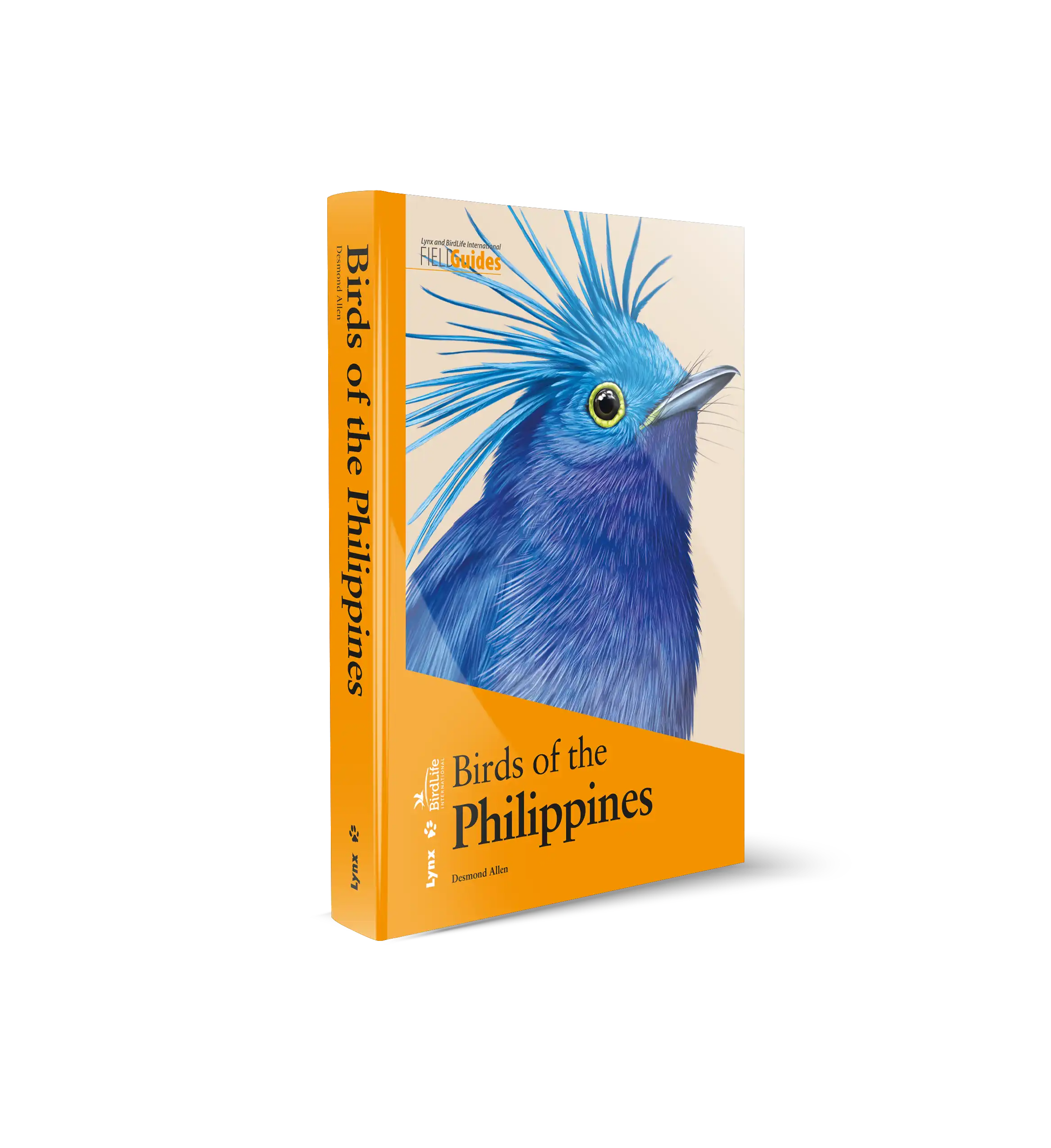
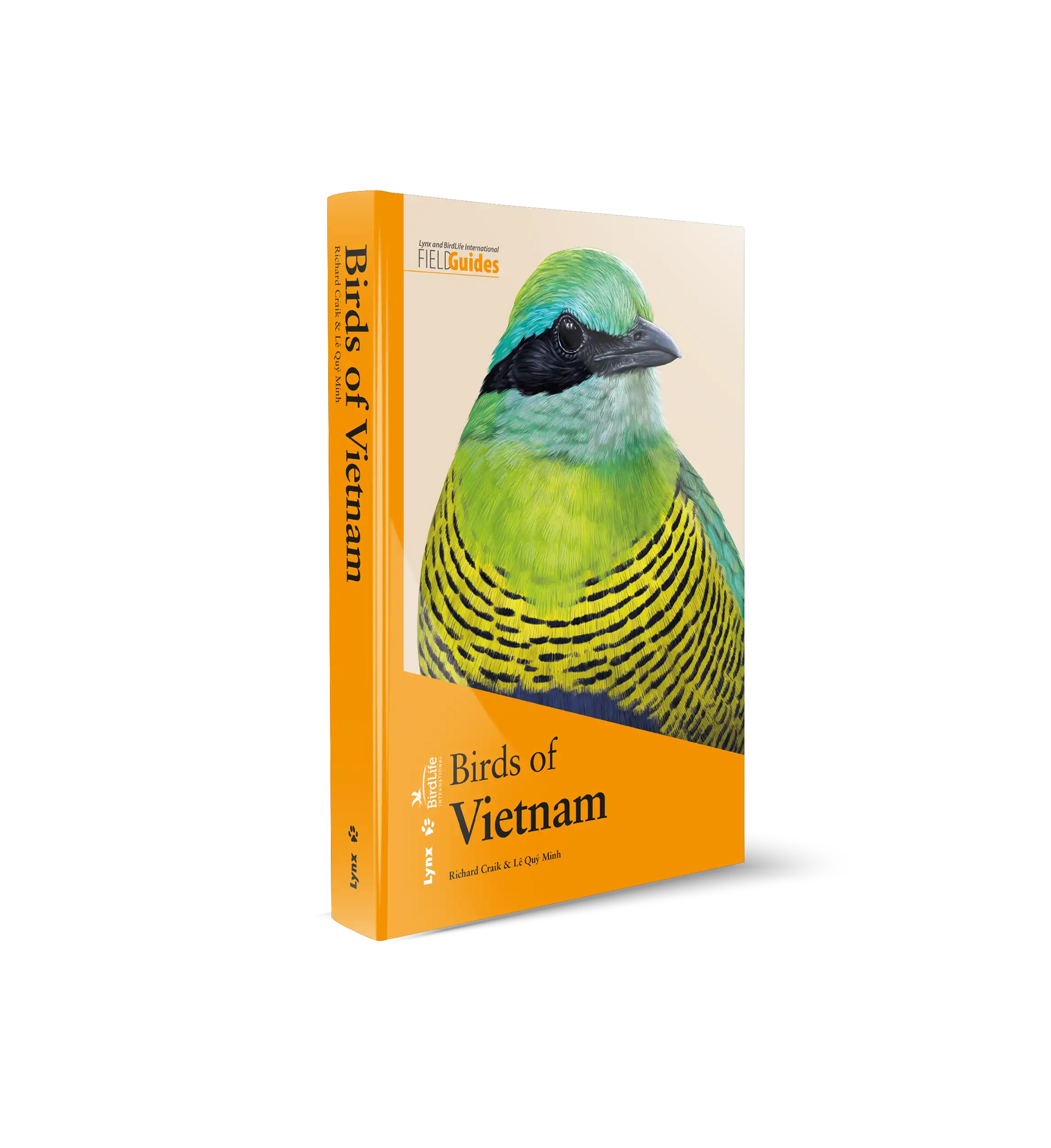
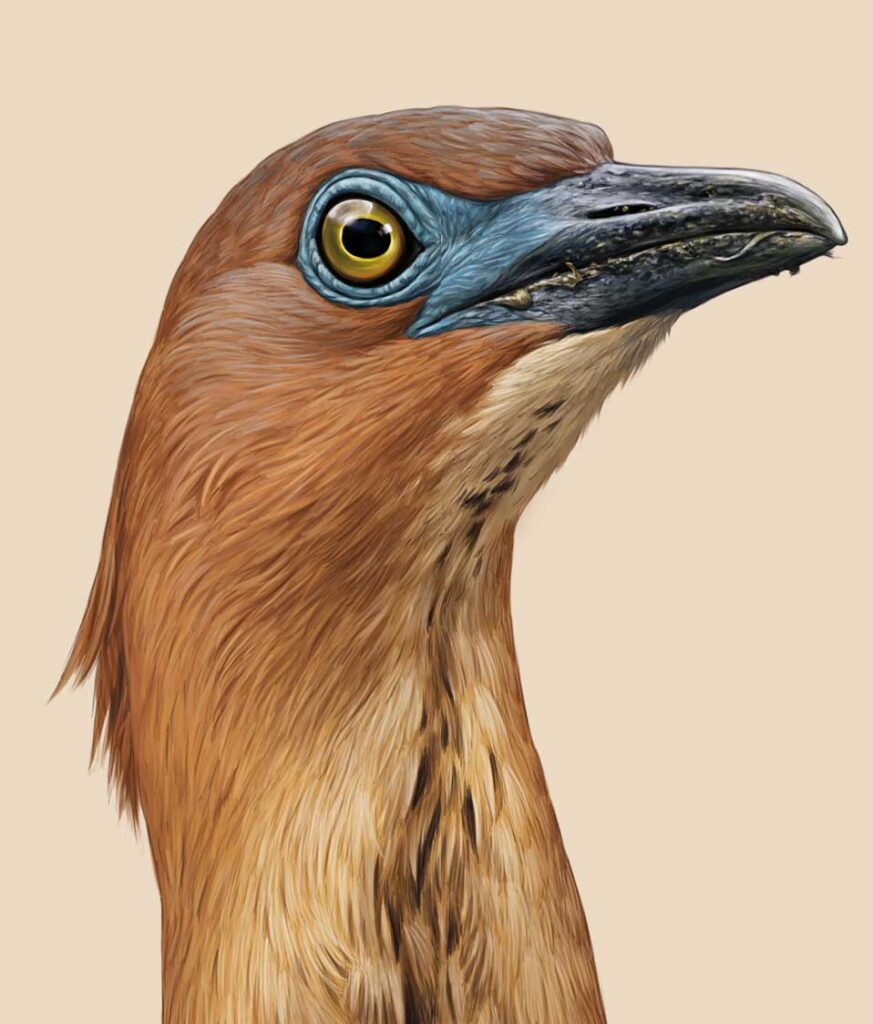
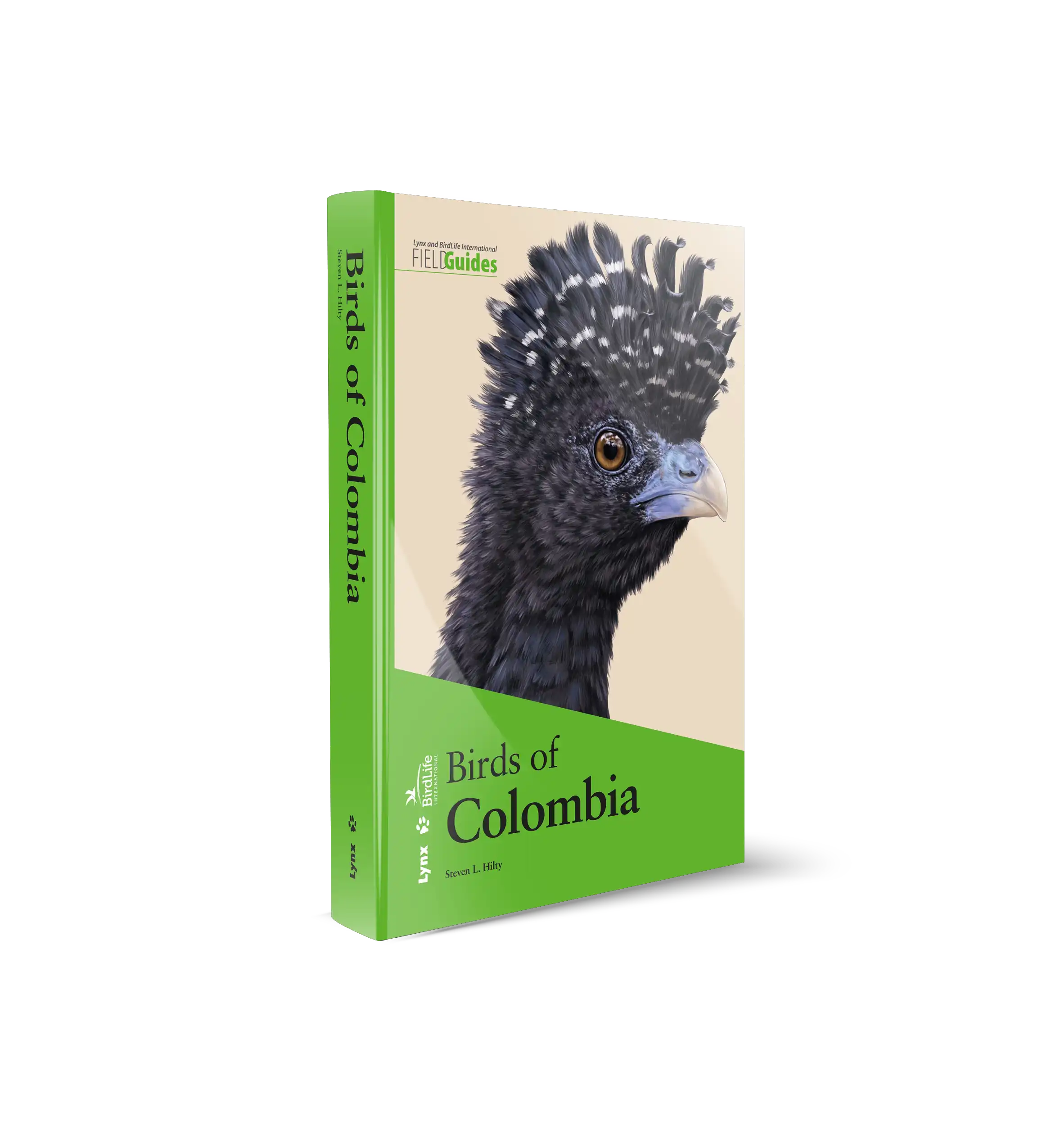
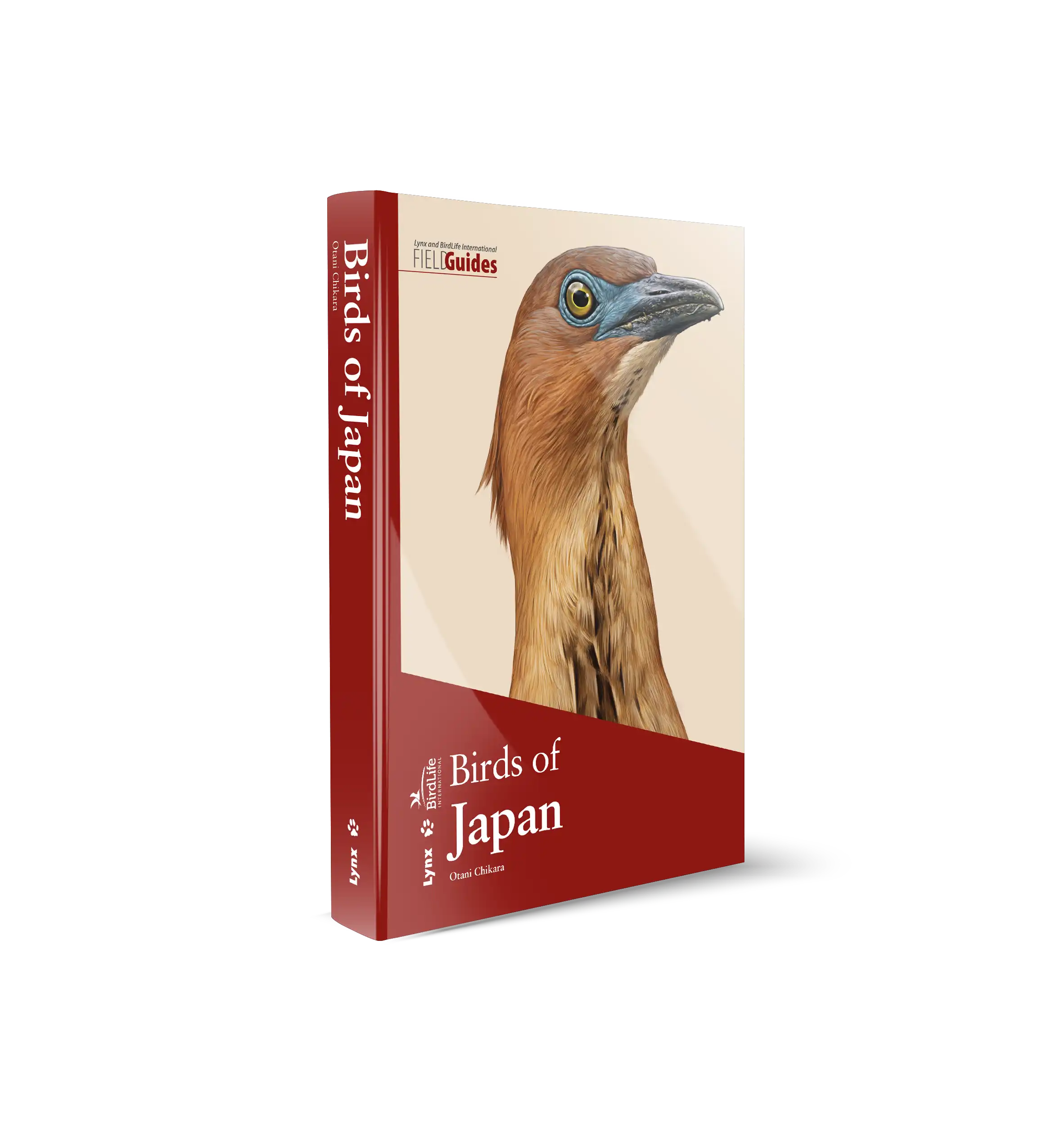








 Copyright 2025 © Lynx Nature Books
Copyright 2025 © Lynx Nature Books
Valoraciones
No hay valoraciones aún.